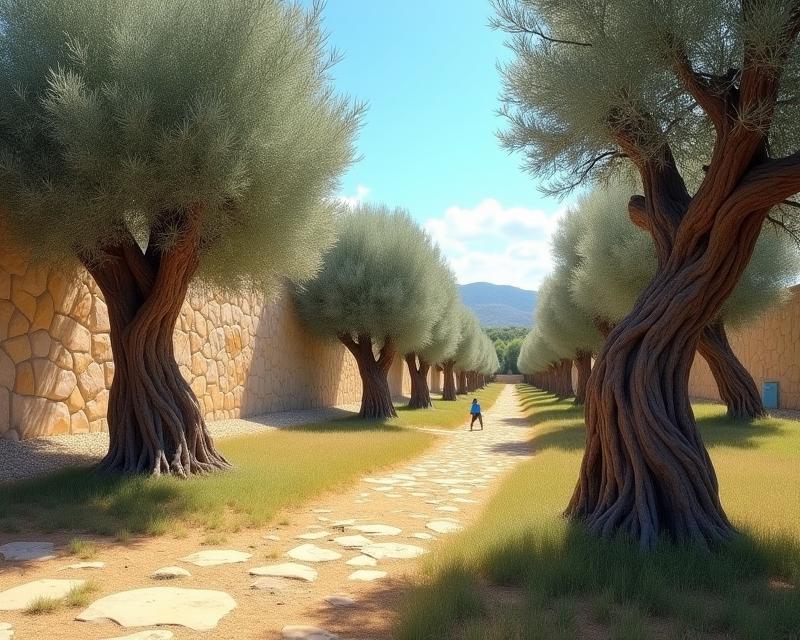The Olive's Ancient Journey: From Wild Fruit to Mediterranean Staple
Publish in Crops el 22/07/2025 16:28
The Olive's Ancient Journey: From Wild Fruit to Mediterranean Staple
The olive tree, a symbol of peace and prosperity, holds a fascinating history deeply intertwined with the development of civilization. Its story begins not in orchards, but in the wild landscapes of the Levant – modern-day Israel, Lebanon, Syria, and Palestine. For thousands of years, olives were gathered as a wild food source, a valuable addition to the diets of early humans. But the real transformation began with domestication, a pivotal moment that would forever change the course of Mediterranean life.

The exact timeline of olive domestication is still debated, but evidence suggests it started around 6000-8000 BCE. Early farmers noticed the larger, more flavorful olives growing in certain areas and began selectively cultivating these trees. This wasn't a sudden event; it was a gradual process of careful selection and propagation, leading to the development of the olive varieties we know today. The ability to consistently harvest olives provided a reliable source of food and oil, crucial for survival in the region's climate. Think about it – a single olive tree can provide sustenance for generations!
The discovery of olive oil was a game-changer. Initially, it was likely consumed as a food source, but its culinary and religious significance quickly blossomed. Olive oil became a staple in the diets of ancient civilizations, used for cooking, flavoring, and even medicinal purposes. Beyond the kitchen, olive oil played a vital role in religious rituals. It was used in anointing ceremonies, cleansing rituals, and as fuel for lamps in temples and homes. The ancient Greeks and Romans revered the olive tree, associating it with wisdom, peace, and victory. Olive groves became symbols of wealth and status, and the olive harvest was a community event, fostering social bonds and celebrating abundance.
Over millennia, the olive tree spread throughout the Mediterranean basin, becoming an integral part of the region's landscape and culture. From the sun-drenched hills of Greece to the coastal plains of Italy, olive groves flourished, shaping agricultural practices and influencing trade routes. Today, the olive remains a cornerstone of Mediterranean agriculture, a testament to the ingenuity of our ancestors and the enduring power of a single, remarkable tree. Whether you're a seasoned farmer or just starting out, understanding the history of the olive offers a deeper appreciation for this incredible crop and its lasting impact on our world. Consider exploring different olive varieties for your own farm – you might be surprised by the diversity and potential!





